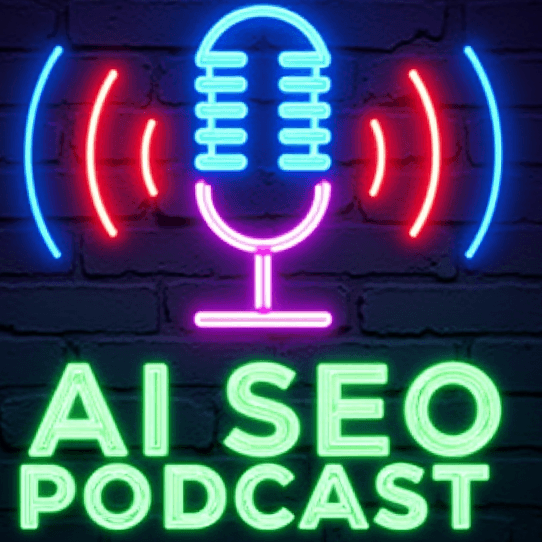
The Evolution of Google's Core Updates: What You Need to Know
In March 2025, Google initiated its core update—a significant shift designed to enhance the visibility and relevance of content in search results. This update, launched on March 13, marks a global effort to better serve users seeking satisfying and relevant information across diverse topics. With a rollout expected to span up to two weeks, this update reflects Google's ongoing commitment to refining its algorithms to prioritize user experience and content quality.
Understanding Google's Strategy for Content Creators
A key highlight from this core update is Google's increased focus on amplifying content generated by creators. In a statement shared via LinkedIn, Google officials affirmed, "We also continue our work to surface more content from creators through a series of improvements throughout this year." This proactive approach signals a shift towards enriching search results with high-quality, creator-driven content, giving lifeblood to small businesses and individual content creators striving to make their mark on the web.
Continuous Adaptation: Preparing for Potential Changes
As marketers and small business owners navigate this evolving landscape, it's crucial to adapt. The impact of core updates can vary: while some may find their rankings improving, others might experience declines. The dramatic shifts highlight the importance of monitoring website analytics regularly during these periods. Documenting notable changes in traffic or rankings will be vital for strategically adjusting marketing efforts post-update. As previous updates have shown, the landscape can fluctuate significantly—users might see gradual improvements, or, conversely, they may need to rethink their content strategy entirely.
Actionable Insights: What to Do If Your Website is Affected
If you're a small business owner and have observed a drop in your website's traffic since the rollout commenced, do not panic. Here are targeted strategies to consider:
- Conduct a Comprehensive Content Audit: Ensure that your content aligns with user intent, addressing their queries directly while maintaining originality and relevance.
- Prioritize User Experience: A fast, well-organized, and mobile-friendly website enhances user engagement. These factors significantly influence ranking potential.
- Evaluate Content Trustworthiness: Google prioritizes reliable sources. Strengthen your website's content through credible references and robust data.
- Practice Patience: After implementing changes, give search engines time to re-evaluate and crawl your site. Avoid making any abrupt deletions or changes until the update settles down.
Historical Insights: A Look at Previous Updates
Understanding the context of Google's core updates can help businesses anticipate and adapt to future changes. The December 2024 Core Update, for example, served as an important milestone, focusing on enhancing the relevance of search results. Each update reflects evolving user needs and feedback, shaping how content is ranked. Marketers must be attuned to these shifts, seeking out innovative pathways to uphold or amplify their online presence.
The Future of SEO: Navigating a Changing Landscape
As we move deeper into 2025, businesses must look to the horizon of SEO strategies. With increasing emphasis on algorithm-driven content relevancy, staying informed and adapting practices accordingly is essential. Leveraging AI tools can help streamline workflows and optimize online marketing efforts effectively, guiding marketers to create engaging and relevant content for their target audiences. The intersection of AI technology and human ingenuity will inevitably shape the future of digital marketing, ensuring that small businesses can thrive amid rapid advancements.
It is imperative for marketers and small businesses to stay educated and adaptable in light of these core updates. As the landscape evolves, utilizing these insights can help navigate the intricacies of SEO, making it a powerful ally in a competitive environment.
 Add Row
Add Row  Add
Add 




Write A Comment